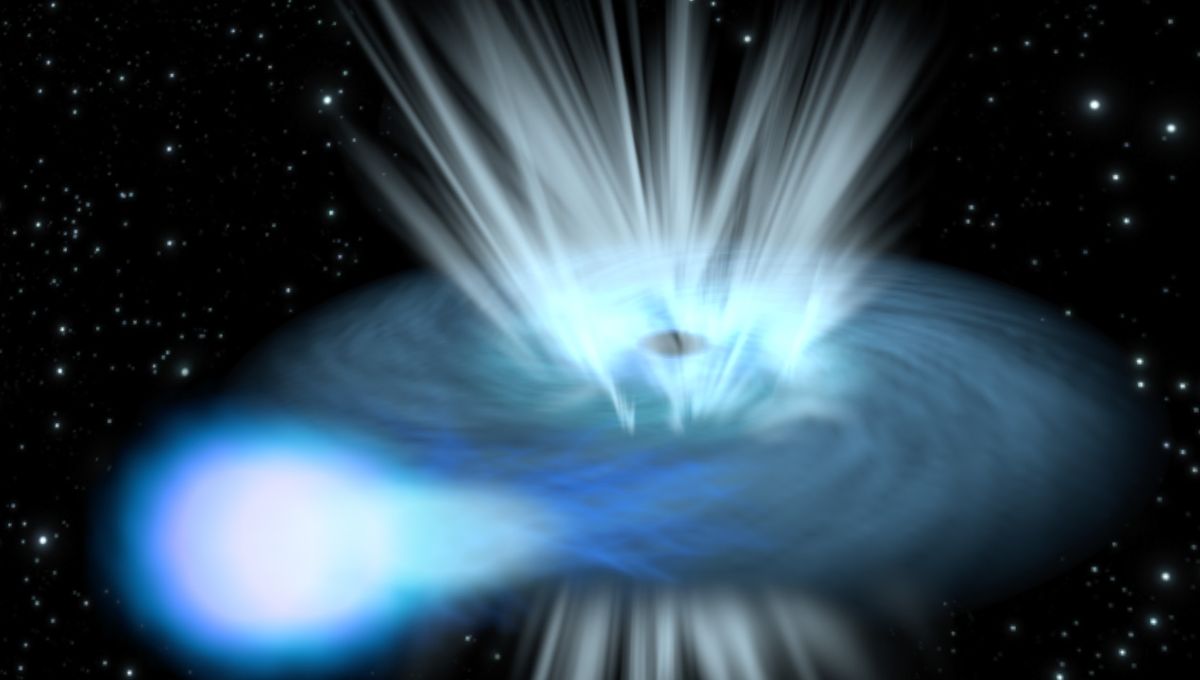
Astronomers have discovered a new type of cosmic explosion. Extremely bright, quick to fade away, and in an old galaxy where massive stars going supernova shouldn’t happen, the event – called AT2022aedm – might have been caused by a peculiar collision.
The event seemed like a supernova, the explosive death of a star, but it did not fit the profile for several reasons. It was much brighter than your average supernova but faded a lot more quickly. For these reasons, the team is calling it a Luminous Fast Cooler (LFC).
“We’ve been hunting for the most powerful cosmic explosions for over a decade, and this is one of the brightest we’ve ever seen,” Dr Matt Nicholl, from the School of Mathematics and Physics at Queen’s University Belfast, said in a statement.
“Usually, with a very luminous supernova, it will have faded to maybe half of its peak brightness within a month. In the same amount of time, AT2022aedm faded to less than one percent of its peak – it basically disappeared!”
There have been other transient events that changed as quickly, but the luminosity of this event is extreme. The X-ray and radio emissions also don’t match other peculiar transients, like the explosion known as The Cow. And the other weird thing about AT2022aedm was its location.
“Our data showed that this event happened in a massive, red galaxy two billion light years away. These galaxies contain billions of stars like our Sun, but they shouldn’t have any stars big enough to end up as a supernova,” Dr Shubham Srivastav, also from Queen’s University Belfast, added.
So the event couldn’t have been a massive star exploding and it did not look like it was a star being ripped apart by a supermassive black hole at the center of a galaxy. The researchers then considered another explanation: maybe this was a collision between a star and a much smaller black hole, one not much heavier than the star in question.
“The exquisite data set that we have obtained rules out this being another supernova. The most plausible explanation seems to be a black hole colliding with a star,” Dr Nicholl added. “If we find more LFCs, especially in the more local Universe, we should be able to test this scenario. Collisions are more likely in dense star clusters, so we can look for these at the sites of the explosions.”
In archival data, the researchers found two more examples of these events, one from 2009 and one from 2020. They were observed automatically, but at the time they were not recognized as their own distinct events.
The study is published in The Astrophysical Journal Letters.
Source Link: Fast And Bright Stellar Explosion Could Be A New Cosmic Collision